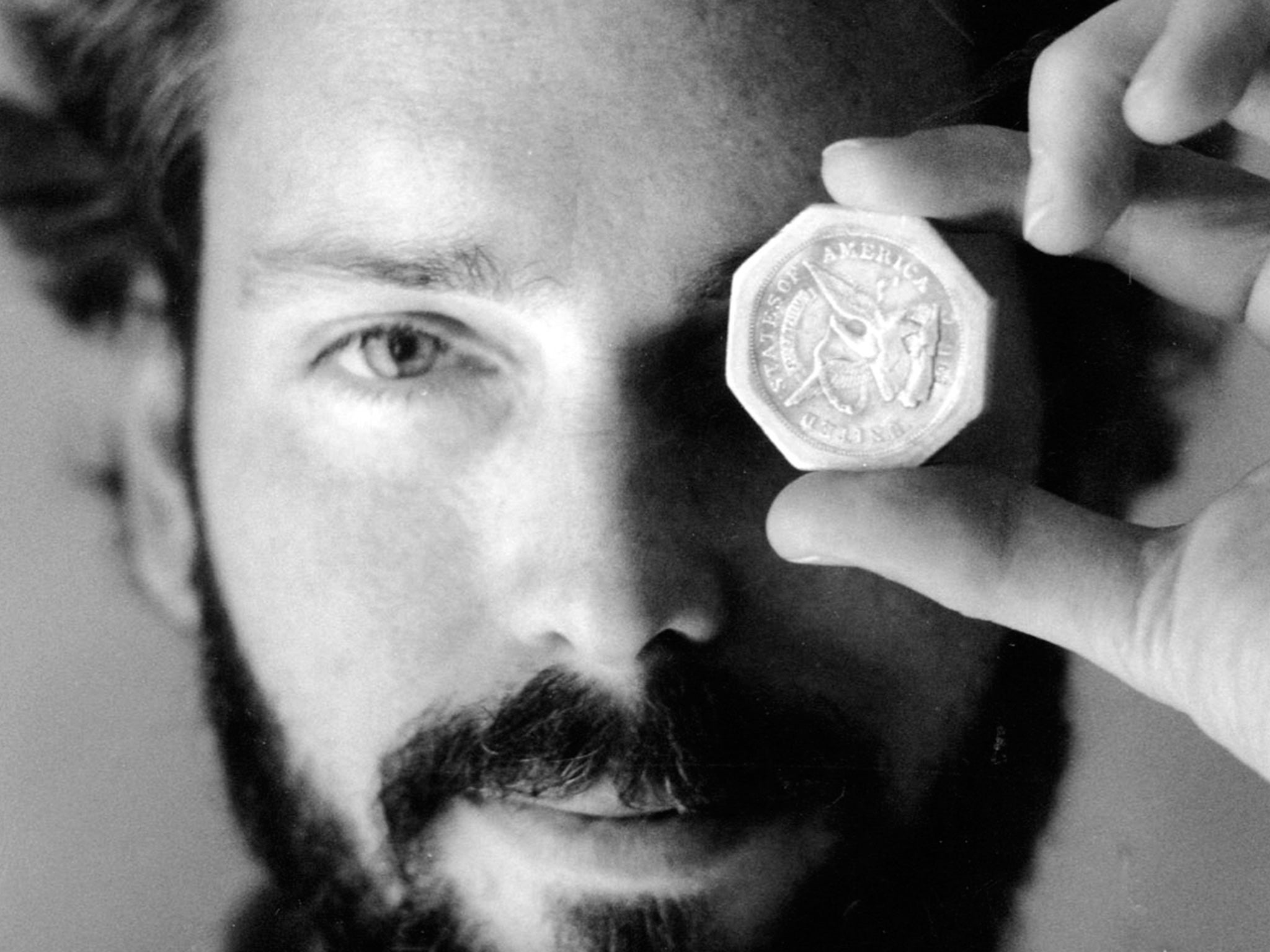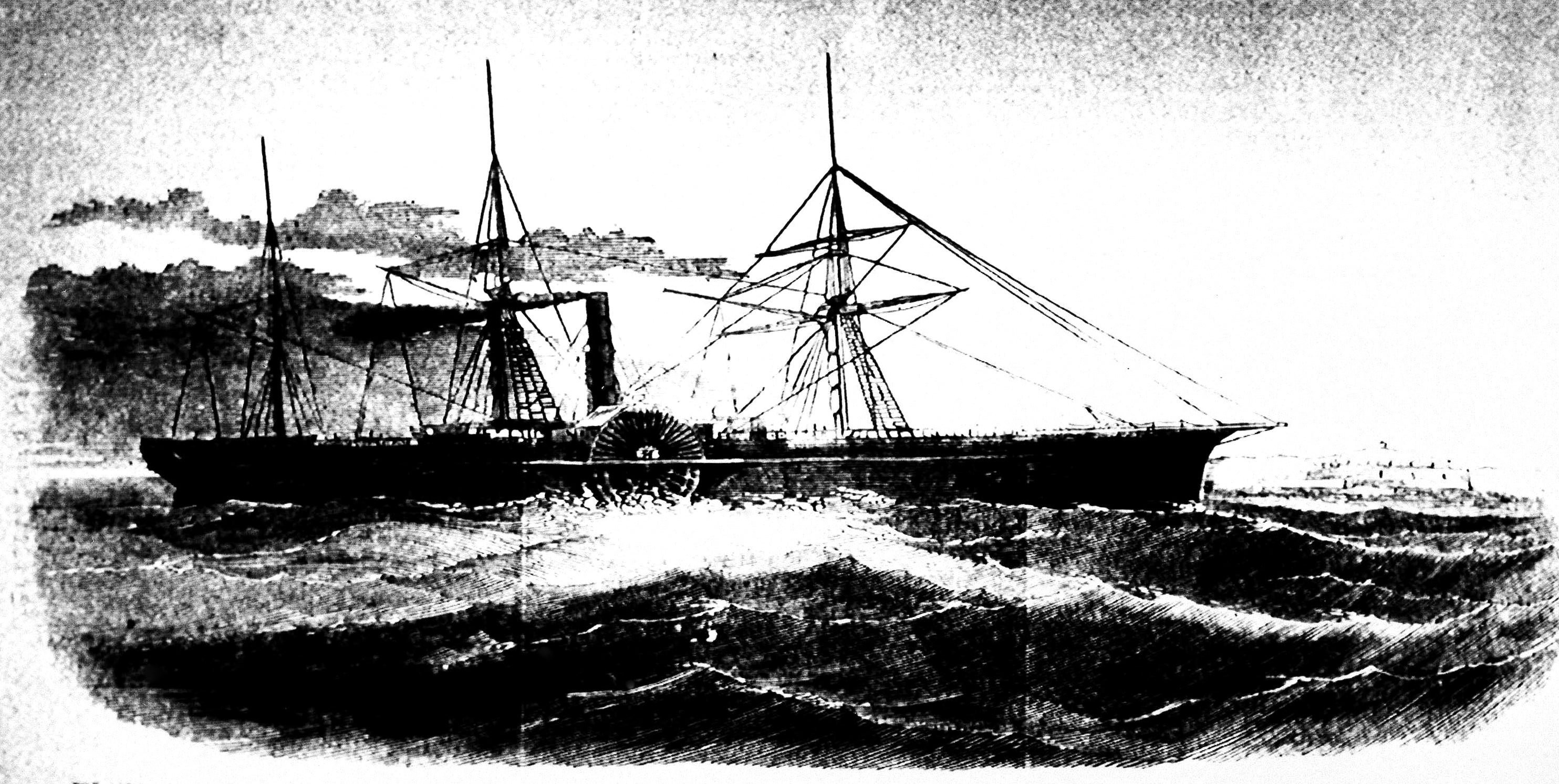From finding lost treasure and going on the lam to life behind bars: The odd case of scientist Tommy Thompson
Investors want to know the whereabouts of gold recovered in 1988; the man who found it says he doesn’t know, writes Sheila Flynn

Your support helps us to tell the story
From reproductive rights to climate change to Big Tech, The Independent is on the ground when the story is developing. Whether it's investigating the financials of Elon Musk's pro-Trump PAC or producing our latest documentary, 'The A Word', which shines a light on the American women fighting for reproductive rights, we know how important it is to parse out the facts from the messaging.
At such a critical moment in US history, we need reporters on the ground. Your donation allows us to keep sending journalists to speak to both sides of the story.
The Independent is trusted by Americans across the entire political spectrum. And unlike many other quality news outlets, we choose not to lock Americans out of our reporting and analysis with paywalls. We believe quality journalism should be available to everyone, paid for by those who can afford it.
Your support makes all the difference.The story sounds like a combination of Ocean’s Eleven, Pirates of the Caribbean and Shawshank Redemption. It features everything from a centuries-old shipwreck, treasure hunting, on-the-lam escapades and lost, found and lost-again gold coins worth millions.
The latest chapter of this real-life tale features a 69-year-old man behind bars in an Ohio prison for his involvement in recovering treasure from a sunken vessel off the coast of South Carolina more than 30 years ago, and his alleged failure to turn some of it over. Investors and a host of others have been clamouring ever since to find out what happened to much of the loot.
But research scientist Tommy Thompson either doesn’t know or won’t say; he’s claiming the former. And that decision has landed him in jail for the past six years, with a new hearing coming up next month. The Ohio court system hasn’t been too sympathetic so far, however.
It’s a bizarre case that raises more questions than answers and stars a cast of eccentric characters who would not be out of place in the pages of a rollicking blockbuster film.
It began more than a century and a half ago, in 1857.

That’s when the SS Central America, a steam-powered paddle-wheeler known as the “Ship of Gold,” sank 200 miles off the coast of South Carolina during a hurricane. The vessel lost 425 souls and ten tons of gold from the California Gold Rush, contributing to an economic panic at the time.
The SS Central America and its treasure remained in a watery grave until an oceanic engineer from landlocked Columbus, Ohio, of all places, convinced investors in the 1980s to give him millions to dredge for the riches.
Mr Thompson had worked at Battelle Memorial Institute, a non-profit research group in Columbus, before building an underwater robot he named Nemo, according to a 2019 profile in Fort Lauderdale Illustrated.
“Showing it off to prospective investors from 1985 to 1986, Thompson convinced 161 people and companies to chip in $12.7 million to fund his plans. This wasn’t just friends and family — Thompson lured some of the city’s biggest companies at the time to invest, including the owners of the local newspaper, The Columbus Dispatch,” the magazine reported. “Convincing the press to come on board would in part become his undoing.
“With the money, Thompson created Recovery Limited, an ocean exploration outfit. It would search for a lost fortune that others had spent more than a century trying to find.
“Thompson hired a crew, bought ships and headed out to deep water off South Carolina’s coast. Surprisingly quickly, they literally struck gold. In 8,000 feet of water, Thompson discovered the wreck of the SS Central America.”

The discovery was believed to be the biggest sunken treasure find in US history, worth around $300 million today. Mr Thompson, his crew and investors were on top of the world, until it all eventually came crashing down and many felt cheated (except, it seems, the oceanic engineer himself.)
After bringing up thousands of bars and coins using sonar and then-cutting-edge technology, much of the treasure was sold to a gold marketing group in 2000 for about $50 million.
But the 161 investors who paid Mr Thompson $12.7 million to find the ship never saw the proceeds — and two sued, AP reported. The scientist had been living beachside in Florida with his longtime companion and assistant, Alison Antekeier; they went on the run in 2012, living a cash-only existence, taking taxis and buses.
A civil contempt warrant was issued in August 2012 when Mr Thompson failed to show up for a hearing on a lawsuit; a criminal contempt warrant was issued in spring 2013.
The US Marshals Service called him “one of the most intelligent fugitives ever sought,” but eventually caught up with the treasure hunter and Ms Antekeier in 2015 in a Hilton in West Boca Raton, where the pair had been living for two years.
They had been paying cash for the hotel room, rented under a fake name used by Antekeier, marshals told AP. The hotel is in an upscale suburban area surrounded by golf courses, country clubs and gated communities.

They had disappeared from Mr Thompson’s Vero Beach mansion and decamped to Boca Raton, it turned out, after the warrants were issued. In his previous beachside abode, a search found prepaid disposable cellphones and bank wraps for $10,000 in cash, along with a book titled “How to Live Your Life Invisible,” according to court records cited by AP.
One marked page was titled: “Live your life on a cash-only basis,” AP reported.
Following Mr Thompson’s arrest, he pleaded guilty for failure to appear at the 2012 hearing and was sentenced to two years behind bars and a $250,000 fine. Because he still hasn’t disclosed the location of 500 missing coins that investors allege were recovered, however, he remains in contempt and behind bars - racking up a fine of $1,000 a day.
He’s been accruing that charge for six years but continues to plead ignorance, saying the remainder of the treasure had been turned over to an entity in Belize.
When asked by the judge at a hearing last year whether he was ready to share the information, he answered: “Your honor, I don’t know if we’ve gone over this road before or not, but I don’t know the whereabouts of the gold,” Thompson responded. “I feel like I don’t have the keys to my freedom.”
Last year, the same judge denied Mr Thompson’s request for release over covid concerns; his lawyer in that case, when contacted this week by The Independent, said she did not know who was representing him on other matters.
Mr Thompson has had a few lawyers over the years and has even represented himself - but even the legal side of his story took a strange turn, too.

His long-term lawyer, Richard Robol, was suspended last year by the Virginia State Bar for misconduct related to the Thompson case that included the lawyer’s “multiple violations of the Rules of Professional Conduct.”
Much of this stemmed from what was deemed the failure of Mr Robol — who’d already retired from the Bar in Ohio — to fully disclose the full extent of his client’s treasure find.
“Despite that misconduct, which was prejudicial to the administration of justice, sabotaged the court proceedings in the Ohio Admiralty Cases over many years, and ultimately resulted in the imposition of sanctions against [Robol] and his clients, as well as a contempt finding against his clients,” the VSB wrote last year.
It added that Mr Robol “still has not acknowledged the wrongful nature of his conduct. Instead, he testified only that he is “concerned that it was perceived” that he delayed the court proceedings.”
Mr Robol could not be reached by The Independent this week and yet another lawyer who represented Mr Thompson did not respond to a request.
Mr Thompson, meanwhile, is serving an unusually long stretch of time in prison on a contempt charge. His next hearing is scheduled for 7 January.
There’s no sign he’s planning to reveal the location of the coins, even though health and Covid appeals have failed so far to get him out from behind bars.
But investors and lawyers on the other side say that’s all his fault.
“He would be out of prison by now if he had simply complied with his plea agreement and cooperated in locating missing assets when he was supposed to,” attorney Steven Tigges said in a court filing, according to CBS.
Join our commenting forum
Join thought-provoking conversations, follow other Independent readers and see their replies
Comments